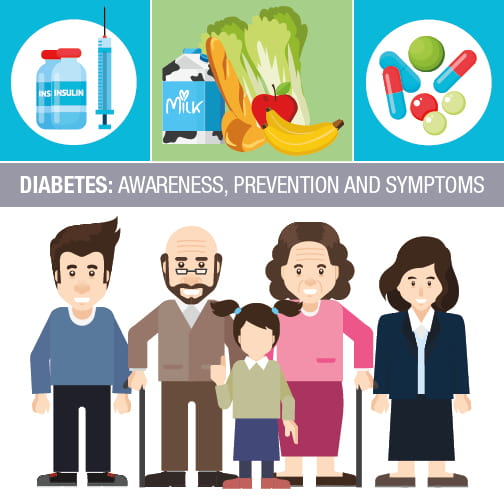
Welcome to Mayo Clinic Health System in La Crosse
Your healthcare needs always come first. As part of a system of sites, we serve the La Crosse, Wisconsin, community through routine, preventive and specialized care services, wellness support and community engagement.
Our collaboration with Mayo Clinic connects you with the most trusted, specialty care in the U.S. We bring the most recognized medical expertise close to where you live. Your local provider can help you with seamless referrals to Mayo Clinic, if necessary.
Our community-based providers, paired with the resources and expertise of Mayo Clinic, enable you to receive highest-quality physical and virtual healthcare close to home.
Get the information and resources you need for your health and wellness journey with us:
- Meet our providers.
- Locate the services you need, close to home.
- Call our 24/7 Nurse Line when you're having symptoms and not sure where to be seen.
- Create an online account to connect virtually with your healthcare team.
- Visit our Patients & Visitors page for information and resources.
- Refer a patient.
Find Us
- Hospital
- Clinic
- Belle Square
- Professional Arts Building
- Family Health Clinic
- Mayo Clinic Store
Hospital
700 West Ave. S., La Crosse, WI 54601- General:
- 608-785-0940
- Appointments:
- 608-785-0940
- Hours:
- Mon-Fri:8:00 AM - 5:00 PM
- Emergency Hours:
- Open 24 hours
Clinic
800 West Ave. S., La Crosse, WI 54601- Appointments:
- 608-785-0940
- Hours:
- Mon-Fri:7:00 AM - 5:00 PM
Belle Square
232 Third Street North, Suite 100, La Crosse, WI 54601- Appointments:
- 608-392-9769
- Hours:
- Mon-Fri:7:00 AM - 4:30 PM
Family Health Clinic
815 Tenth St. S., La Crosse, WI 54601- Appointments:
- 608-392-7390
- Appointments:
- 608-392-5000
- Clinic Hours:
- Mon-Fri:7:00 AM - 5:00 PM
Mayo Clinic Store
4348 Mormon Coulee Rd, La Crosse, WI 54601- General:
- 608-392-9797
- Fax:
- 507-422-0960
- Hours:
- Mon-Fri:8:00 AM - 5:00 PM
What’s Happening in the Community

Newborn jaundice and light therapy
Jaundice is common and often harmless, but some babies require treatment to prevent complications. Understanding jaundice and how it's managed can help parents feel prepared.

A lifesaver saved: An EMS veteran’s journey from rescue to recovery
After dedicating 43 years to Emergency Medical Services (EMS), Don Hauge suddenly found himself on the receiving end of the very care he once provided.

How to help your child reach a healthy weight
New findings show that "baby fat" doesn't routinely melt away as children grow. Now's the time to help a child struggling with obesity reach a healthy weight. These tips can help you on this journey.

3 steps to control your environment and weight
When you think about managing your weight, eating healthy foods and physical activity come to mind. But have you thought about your eating environments? Tackle them with some addition, subtraction and saying no.

Think outside the cereal box
Are you skipping breakfast because you think it will help you lose weight? We'll explain why you should think differently.

Clean eating: What does that mean?
Most Americans eat a diet rich in heavily processed foods packed with fat, sugar, sodium, chemicals, preservatives, food dyes and other additives. Learn how and why clean eating can be a healthy way of living.

Life with diabetes: What happens as we age?
If you have diabetes, you might encounter the effects of complications as you move into the latter part of your life. According to the Centers for Disease Control and Prevention, 50 percent of adults age 65 and older have prediabetes and 25 percent have diabetes.

Understanding the complex health risks of wildfire smoke
Wildfire smoke can affect air quality in areas thousands of miles away from active wildfires. Learn how to monitor air quality indexes to be aware of the air pollution in your area.
